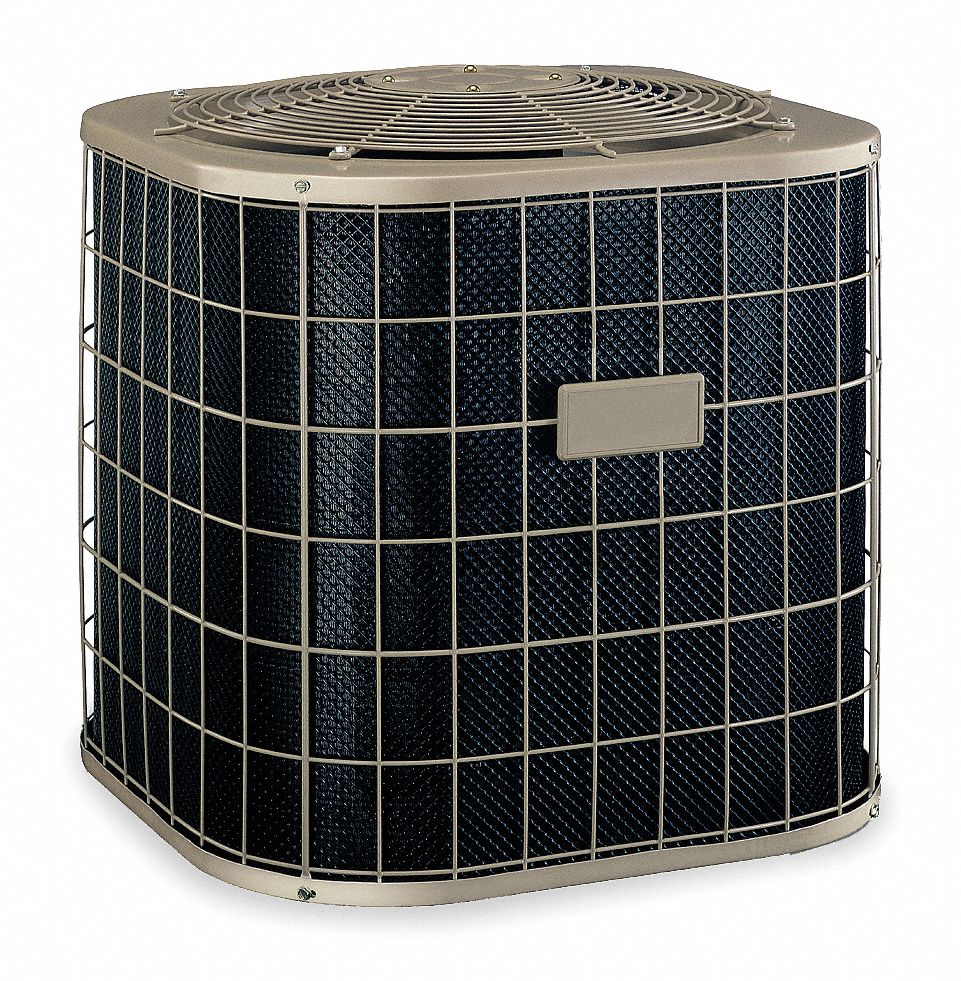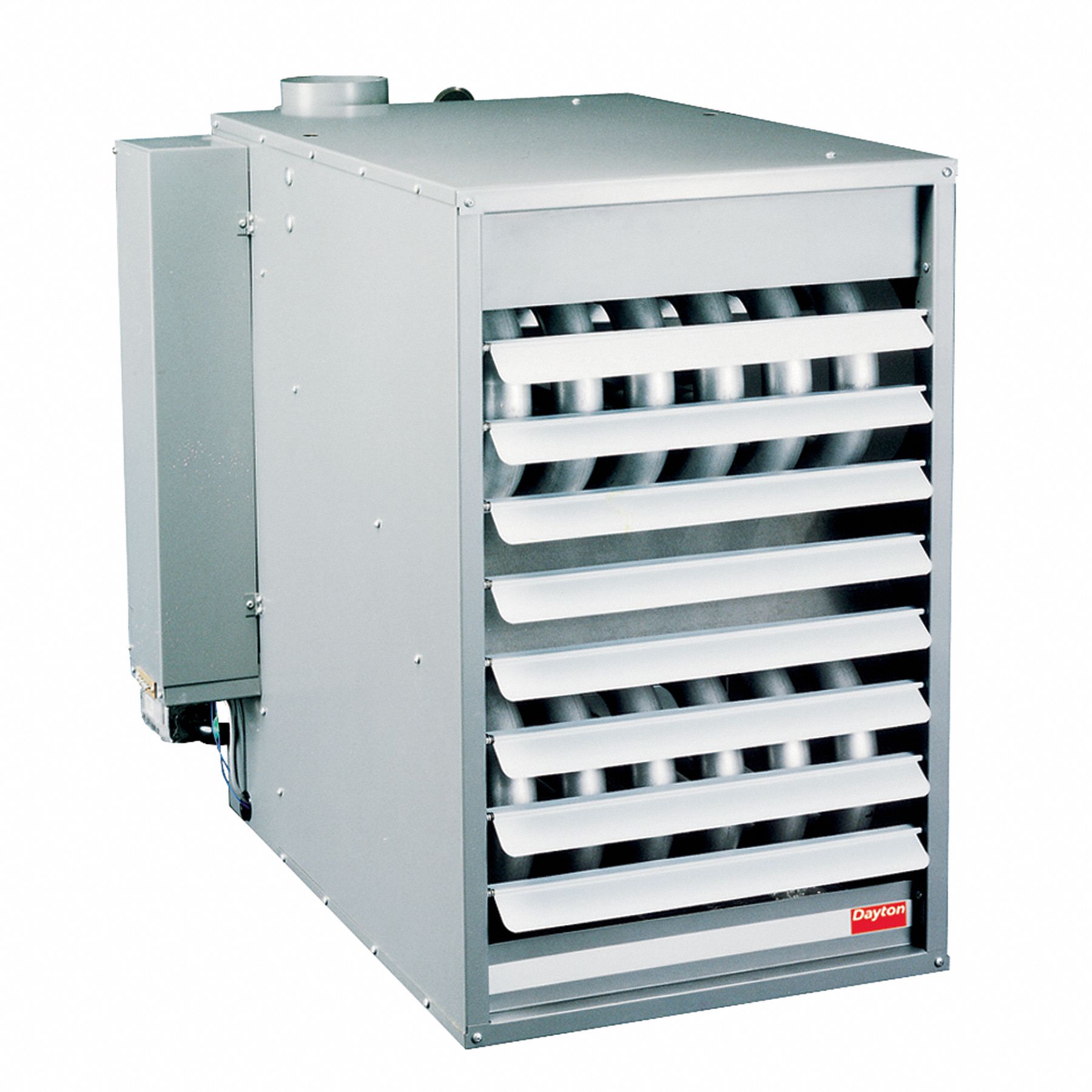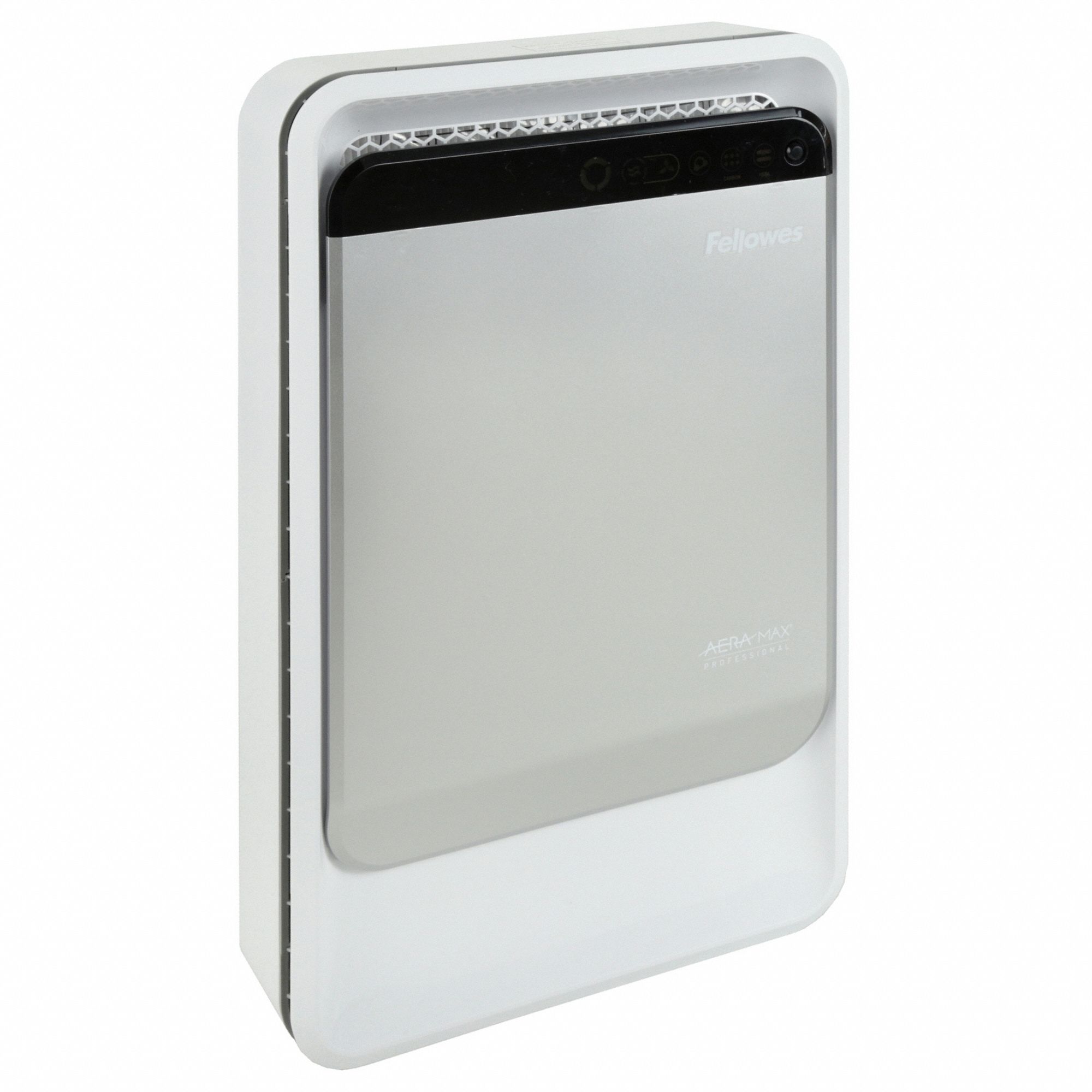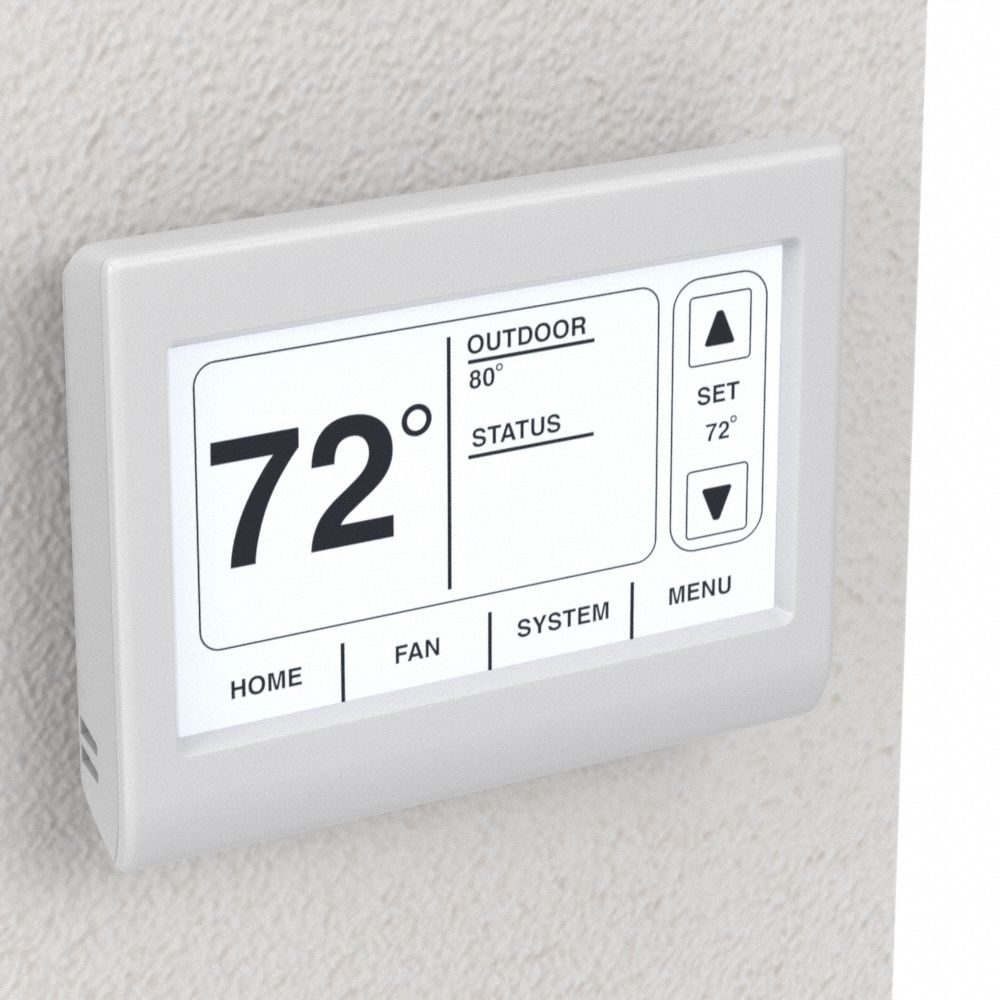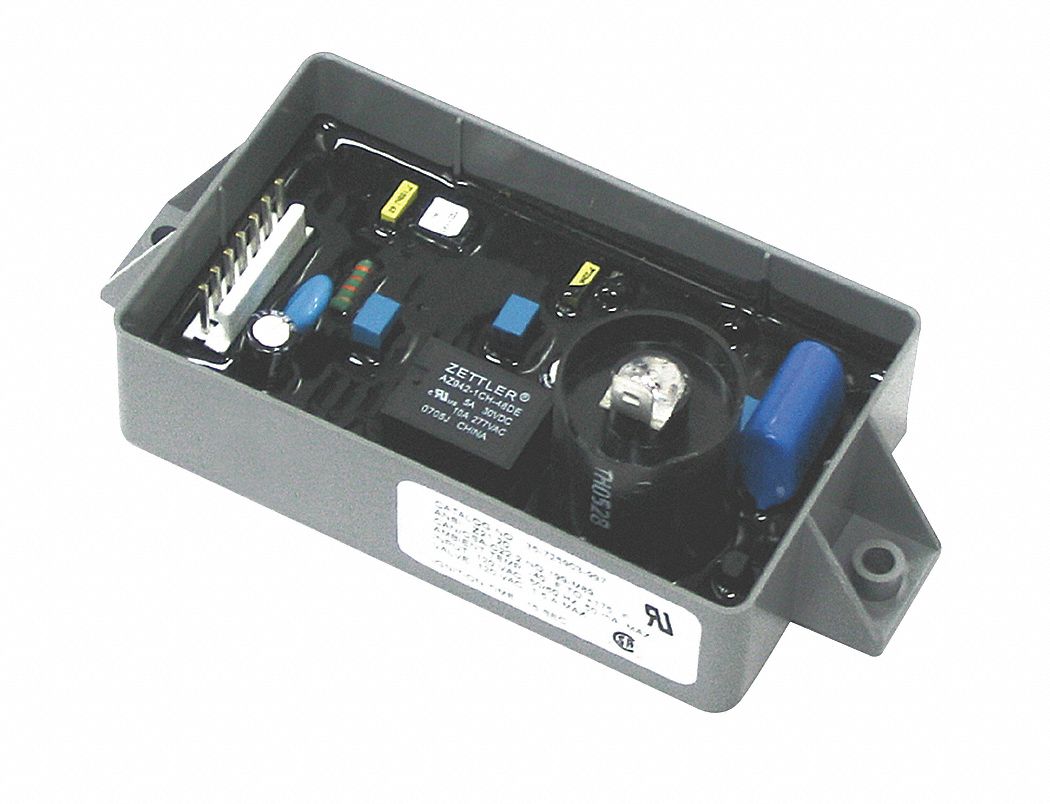

What Is HVAC? Learn the Basics
By Grainger Editorial Staff


What Is HVAC?
Knowing the components of your HVAC system can help you better understand how it runs, and what that means for your building. Since the majority of the energy costs for your building come from your HVAC system, becoming more familiar with how your air is being heated and cooled could lead to savings in your energy bills.
Thermostat
The thermostat works by reading the ambient temperature in the air. The thermostat then sends signals to the rest of the system to let it know if it should heat, cool or sit. Commercial buildings may have several thermostats located throughout its many rooms or sections. Line voltage thermostats are responsible for controlling the electricity as it runs to the unit. They are usually only used with electrical HVAC systems. Most other systems, like oil or gas, use a low voltage thermostat, which runs through a transformer. These can be digital, electric or mechanical.
Furnace
The furnace is responsible for creating the heat that drives the hot air into your building. Different types of furnaces create heat in different ways, depending on their design.
Gas furnaces draw natural gas in through a supply line. The gas is ignited in the system’s combustion chamber, creating heat. The heated air is released through the ductwork, while exhaust fumes are vented outside.
Oil furnaces work very similarly to gas. The oil is pumped into the burner where combined with air; it is ignited to create heat.
Electric furnaces use a heating element to heat the air, instead of burning gas. This provides heat that is cleaner since there are no fumes from burning. However, electric furnaces are frequently less energy efficient.
Heat Exchanger
The heat exchanger is the component that heats the air before it is distributed through the building. The exchanger is a system of metal walls or coils that get heated by your heating element (either combusted fuels or electric heating element). Air is blown into the heat exchanger either from outside or a return duct within the HVAC system. The air travels through the exchanger, where it becomes heated. It is then released into the ductwork to heat your facility.
Condenser
The condenser is a part of your air cooling system. Air conditioning systems work by circulating a refrigerant (that is, a chemical used for cooling) through a system, forcing it into gas and liquid states. The condenser receives the refrigerant from refrigerant lines in the form of a gas. The condenser cools the refrigerant, and it can return to a liquid state. The cooled refrigerant is then sent back through the refrigerant lines inside the building where it is sent to the evaporator coil to help generate cold air for your system.
Evaporator Coil
When the condenser sends cooled, liquid refrigerant inside, it is sent to the evaporator coil. The evaporator coil is set in a metal box, usually just outside of the furnace. A blower fans hot air in, usually from a return duct in the system. The refrigerant in the coil evaporates in the heat, which in turn cools the air around it. The cool air is blown out to be distributed through the building, while the refrigerant is sent back out to the condenser to be cooled again.
Ducts
Most HVAC systems use the same ducts for both heated and cooled air distribution. These are the small passageways that the air runs through. Ducts are frequently made of aluminum, though they can be constructed of many different materials. There are two kinds of duct lines—the supply line and the return line. The supply line is what sends the heated or cooled air through the system to the building. Return lines take the air in the building and return it to the furnace to be heated or cooled. Ducts run through the floor, ceiling or walls, and let out the air through vents.
Air Filters
Systems that use return air need to have filters. Since the air is being recycled through the building (instead of taking fresh air from outside), these HVAC air filters take out unwanted dust and particles. This helps keep your air cleaner, giving you better air quality.
Your HVACs
Understanding the basic parts of the HVAC system in your facility gives you a good idea of how it runs. Knowing about your building’s air system can help you when trying to cut heating and cooling costs. To know more about your system, you should look into how it’s powered, and what kind of fuel it uses. That will help you when looking for quick tips for improving your HVAC system, or when you need to determine if upgrades are available for your company’s needs.
Sources:
https://dengarden.com/home-improvement/hvac-ductwork
http://www.networx.com/article/know-your-hvac-system-components-and-how
https://www.energystar.gov/index.cfm?c=most_efficient.me_furnaces
https://www.ashrae.org/technical-resources/free-resources/top-ten-things-consumers-should-know-about-air-conditioning
http://www.conservationmart.com/t-line-or-low-voltage-thermostat.aspx
www.energyconscious.com/learning-center/how-does-an-air-conditioning-system-work/
The information contained in this article is intended for general information purposes only and is based on information available as of the initial date of publication. No representation is made that the information or references are complete or remain current. This article is not a substitute for review of current applicable government regulations, industry standards, or other standards specific to your business and/or activities and should not be construed as legal advice or opinion. Readers with specific questions should refer to the applicable standards or consult with an attorney.

